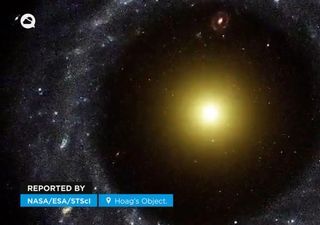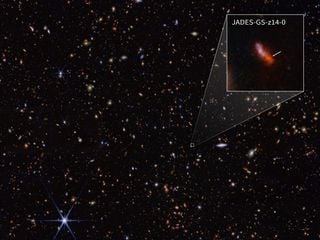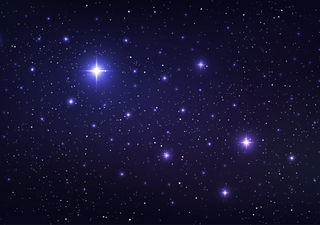Settling an astrophysical debate: Are galaxies with more neighbours bigger or smaller?
Using large datasets and a powerful camera telescope, researchers recently resolved a long standing debate about whether galaxies cluster around each other are smaller or bigger. Find the answer here!
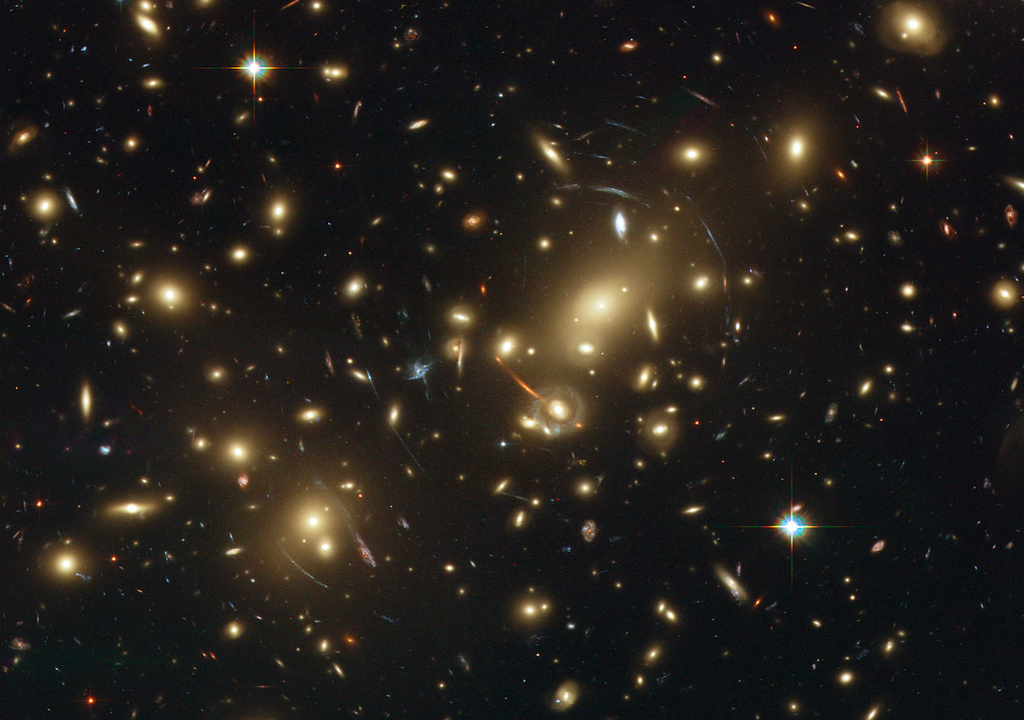
There has long been a debate among astrophysicists about a galaxy’s size and environment. Some have speculated that galaxies in clusters were smaller than isolated galaxies, while other astronomers had the opposite conclusion. However, there have been only contradictory results in science research about the relationship between galaxy size and environment.
Settling the star-studded debate
A recently published study sought to settle the debate, having found that the galaxies with more neighbours were typically larger compared to other galaxies in less dense environments, even if they have a similar shape and mass.
The study was published in The Astrophysical Journal, contributed by researchers from the University of Washington, Yale University, Waseda University, and the Leibniz Institute for Astrophysics Potsdam in Germany.
It states that galaxies found in denser regions of the universe are up to a quarter larger than isolated galaxies. To come to that conclusion, researchers used a machine learning tool called GaMPEN — (Galaxy Morphology Posterior Estimation Network) to analyse millions of galaxies, with the help of the Subaru Telescope in Hawaii.
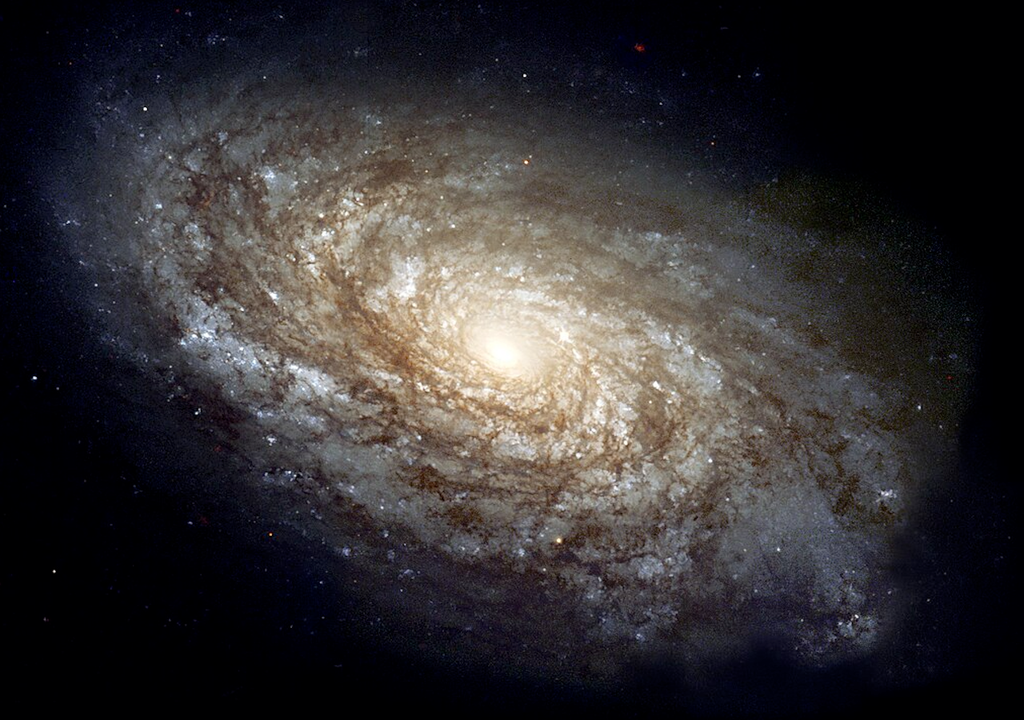
About 3 million galaxies with the highest quality data were selected. The machine learning algorithm deduced the size of each one. The team could then measure a galaxy’s neighbouring galaxies using a circle (a bit like a transect used to count flora in ecology surveys).
There was a clear pattern where galaxies with more neighbours were actually larger on average. Why? Densely clustered galaxies might be bigger from their inception, or merge with close neighbours. The mystery may even lie in dark matter and its elusive workings, since it is known that galaxies are pulled gravitationally by the influence of dark matter.
“Theoretical astrophysicists will have to perform more comprehensive studies using simulations to conclusively establish why galaxies with more neighbors tend to be larger,” said Ghosh. “For now, the best we can say is that we’re confident that this relationship between galaxy environment and galaxy size exists.”
Questions on galaxy formation
This raises new thoughts on how galaxies have actually formed and evolved over billions of years. “Current theories of galaxy formation and evolution cannot adequately explain the finding that clustered galaxies are larger than their identical counterparts in less dense regions of the universe,” said lead author Aritra Ghosh, postdoctoral researcher and LSST-DA Catalyst Fellow.
“That’s one of the most interesting things about astrophysics. Sometimes what the theories predict we should find and what a survey actually finds are not in agreement, and so we go back and try to modify existing theories to better explain the observations.”
Co-author Ghosh reflected: “One important lesson we had learned prior to this study is that settling this question doesn’t just require surveying large numbers of galaxies.”
“You also need careful statistical analysis. A part of that comes from machine learning tools that can accurately quantify the degree of uncertainty in our measurements of galaxy properties.”
This is an example of the complex analysis of large datasets, such as seen in big data, that is accelerating astronomy day-by-day, particularly as new, powerful camera telescopes develop. One such telescope to look out for is the Vera C. Rubin Observatory in Chile.
Ghosh thinks using large datasets will become the norm in astronomy. Perhaps the use of AI and machine learning will be also.
Source of the news:
Aritra Ghosh et al (2024). Denser Environments Cultivate Larger Galaxies: A Comprehensive Study beyond the Local Universe with 3 Million Hyper Suprime-Cam Galaxies. ApJ 971 142 DOI 10.3847/1538-4357/ad596f






